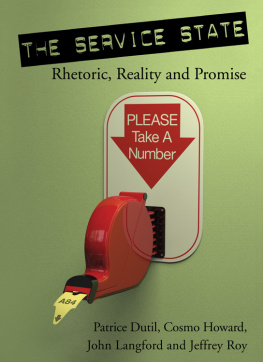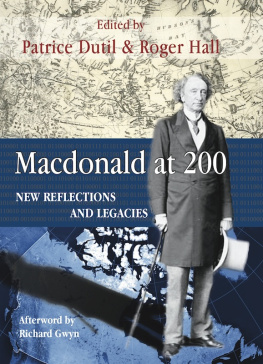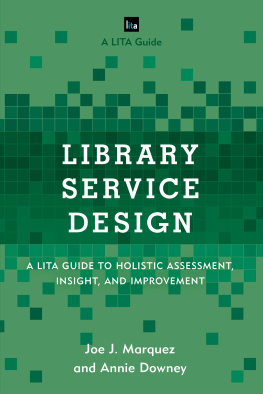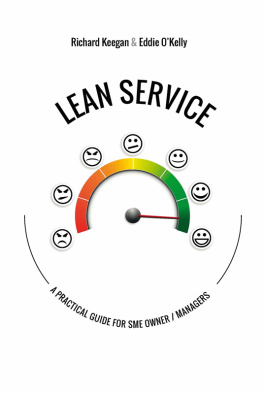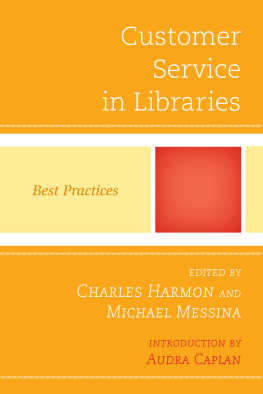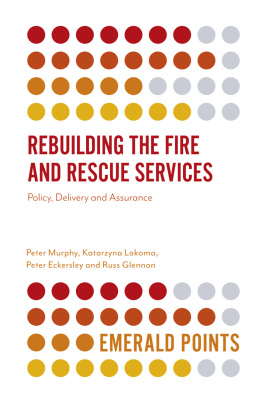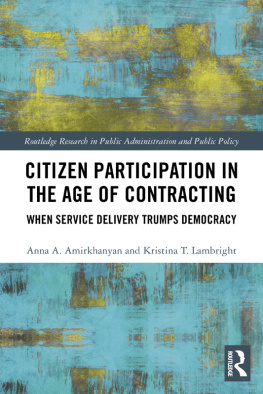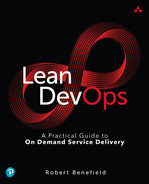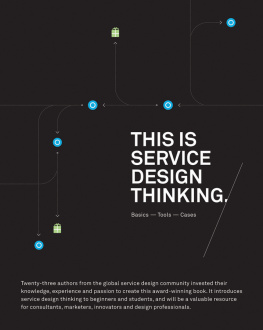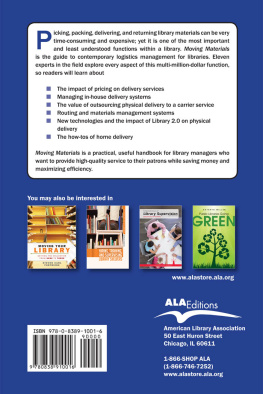Governance Series
Governance is the process of effective coordination whereby an organization or a system guides itself when resources, power, and information are widely distributed. Studying governance means probing the pattern of rights and obligations that underpins organizations and social systems, understanding how they coordinate their parallel activities and maintain their coherence, exploring the sources of dysfunction, and suggesting ways to redesign organizations whose governance is in need of repair.
The series welcomes a range of contributionsfrom conceptual and theoretical reflections, ethnographic and case studies, and proceedings of conferences and symposia, to works of a very practical naturethat deal with problems or issues on the governance front. The series publishes works both in French and in English.
The Governance Series is part of the publications division of the Centre on Governance at the University of Ottawa. This is the 25th volume published in the series. The Centre on Governance also publishes a quarterly electronic journal, www.optimumonline.ca.
Editorial Committee
Caroline Andrew
Linda Cardinal
Monica Gattinger
Luc Juillet
Daniel Lane
Gilles Paquet (Director)
The published titles in the series are listed at the end of this book.
CONTRIBUTORS
Patrice Dutil is associate professor in the Department of Politics and Public Administration at Ryerson University.
Cosmo Howard is associate professor in the Department of Political Science and School of Public Administration at the University of Victoria.
John Langford is professor in the School of Public Administration at the University of Victoria.
Jeffrey Roy is associate professor in the School of Public Administration at Dalhousie University.
PREFACE
Although service improvement has long been on the public sector agenda, the advent of the Internet has greatly accelerated its importance as governments confront a more networked, instantaneous world where duplication and fragmentation are synonymous with dysfunction and dissatisfaction. A high profile review of service delivery mechanisms in the United Kingdom in 2006 (the Varney Review) provided this depiction:
The Government historically delivers services through departments. The department might deliver the service directly, through agents or agencies, alone or in cooperation with local government. Each solution is a child of its time and circumstances, with little over-arching view of the Governments relationship with the citizen. Thus, I have found that departments which provide services focus predominantly not on the citizen, but on an aspect of the citizen called the customer. This allows the department to focus on the delivery of their service a transactional relationship.
The end result is that the citizen who needs multiple services is left to join up the various islands of service to meet his or her needs. As departments do not appear to accept each others identification of the citizen, the citizen has to validate his or her identity at each service transaction. This model of service provision is underpinned by a mass of helplines, call centres, front-line offices and websites. A similar situation applies to interactions with business resulting in business being required to provide the same information to many parts of government (Varney 2006: Foreword).
At about the same time Canada would lose its much-vaunted number one status according to the rankings by the global consultancy, Accenture. Some of the early pioneering efforts at service innovation and online delivery on the part of the federal governmentGovernment On-Line and Service Canada, for examplecame to be increasingly the norm in terms of experimentation and initiative the world over. By the end of e-governments first full decade as mainstream, Canada would find itself decidedly in the middle of the pack of the worlds most developed countries on many such scorecardsthe United Nations Global Rankings, for example.
Invoking the need to move beyond the customer-driven transaction relationship in the United Kingdom, echoing sentiments here in this country and elsewhere, Varney called for a shift to a more citizen-centric mindsetmore holistic and relational and thus multi-faceted. While speed and efficiency signify success in a customer world, citizens can be called upon to play a role in selecting and designing services, and in providing oversight as to their impacts on individuals, companies and communities. The emergence of the next generation of the Internet, denoted as Web 2.0, personifies this shift toward a more participative ethosat least for those online.
Governments, of course, deliver public services to many that prefer not to use the Web or are unable to do sooften an important distinction between the transactional world of the marketplace where customers are targeted and/or self-selected, and the realm of the state where the citizenry is all encompassing. In the latter case, clients may require a mix of online and in-person support, and the notion of the citizen denotes a political and civic dimension to the relationship between persons and their government(s). Indeed, governments in the plural is important sincewhile customers bemoan jurisdictional nicetiesin federal jurisdictions such as Canada, the concept of citizenship, while often national in scope, also masks multiple relationships with multiple levels of government, each with their own interests and approaches in terms of involving the public in the service delivery process.
These are some of the main pieces of the puzzle that have come to define service transformation over the past decade. This book is an attempt to make sense of this fundamental recasting of both the purpose and form of public sector service delivery in a more multi-channel environment where the identities and interests of customers and citizens may not always easily align. There has nonetheless been ample experimentation in recent years to take stock of what has transpiredand more importantly, why. It is important to dig below the surface of the frontline glitz of portals and probe the inner workings of government in order to ascertain the consequences and implications of addressing Varneys depiction above which most everyone agrees needs redress and a significant degree of innovation if the public sector is to maintain a relevant, efficient and adaptable service apparatus.
Our voyage
This book is an accumulation of collaborative learning over the past five years among the books authors and various stakeholders both inside and outside of the public sector. The effort has been driven by three converging threads of both conceptual and applied research: electronic government; public-private partnerships; and service transformation.
An important venue and starting point in this regard proved to be the annual Lac Carling meetingsa gathering of high-level officials from government and industry (and occasionally academe) devoted to the usage and deployment of information technologies in the public sector. While there are many facets to this theme, service transformation would emerge as the over-arching theme of much of Lac Carlings focus in recent years. This would be in keeping with Accentures ranking of Canada as a global leader in e-government service delivery and various high level initiatives such as the 1999-2004 Government On-Line programa precursor of sorts to the more encompassing Service Canada initiative as well as its more longstanding provincial cousins.

